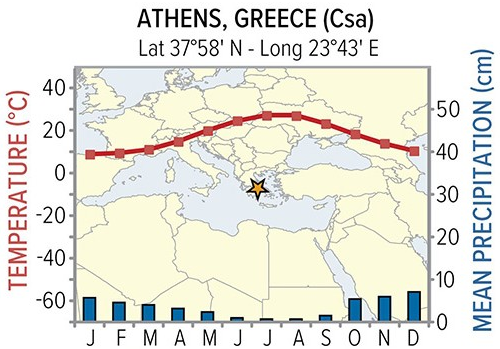What are the dangers associated with pesticide use? How can biocontrol and use of crops with high genetic diversity help to decrease the amount of pesticides used?
What will be an ideal response?
Pesticides are toxins that are general biocides that kill many nontarget useful species, such as pollinators and predators, and also can harm humans. Pesticide use has increased to lower crop loss due to pests and increase yield. Increased use results in resistance developing in pest populations. When this occurs, the type of pesticide used has to be altered so that pests can be controlled. Increasing the toxicity of pesticides is often the solution. Biological control can decrease pest density by introducing enemies of the pests to the field. This decreases pest numbers without chemicals. Increasing the genetic diversity of the crop can also decrease pest numbers because pests may not be able to consume all genetic varieties of the crop. Different plant species also "host" predators of pests and balance nutrient use, and planting a wide variety of crops rather than a monoculture can result in higher yields without the need for synthetic pesticides.
You might also like to view...
A factory in the U.S. makes carpets. All of the waste materials are sent to the local landfill. The factory generates a large amount of heat but it is vented directly to the atmosphere. Which of these terms best describes the waste approach at this factory?
A. status quo B. resource exchange network C. industrial ecosystem D. biomimicry
The Csa climate of Athens Greece owes its summer precipitation pattern to

A) the dry eastern side of the subtropical high.
B) the moist western side of the subtropical high.
C) seasonal shifts in wind direction.
D) hurricanes that bring high amounts of rain.
Hydrogen in fuel cells powers automobiles by
A) generating electricity. B) creating rapidly combustible hydrogen compounds. C) generating changes in gas pressures that move pistons in car engines. D) combining with equal parts of gasoline to create a fuel with extra octane.
Tropical cyclones tend to cause the greatest loss of life on the ________
A) Gulf Coast of the United States B) Bay of Bengal C) islands of the Caribbean D) islands of the Philippines E) coast of Brazil